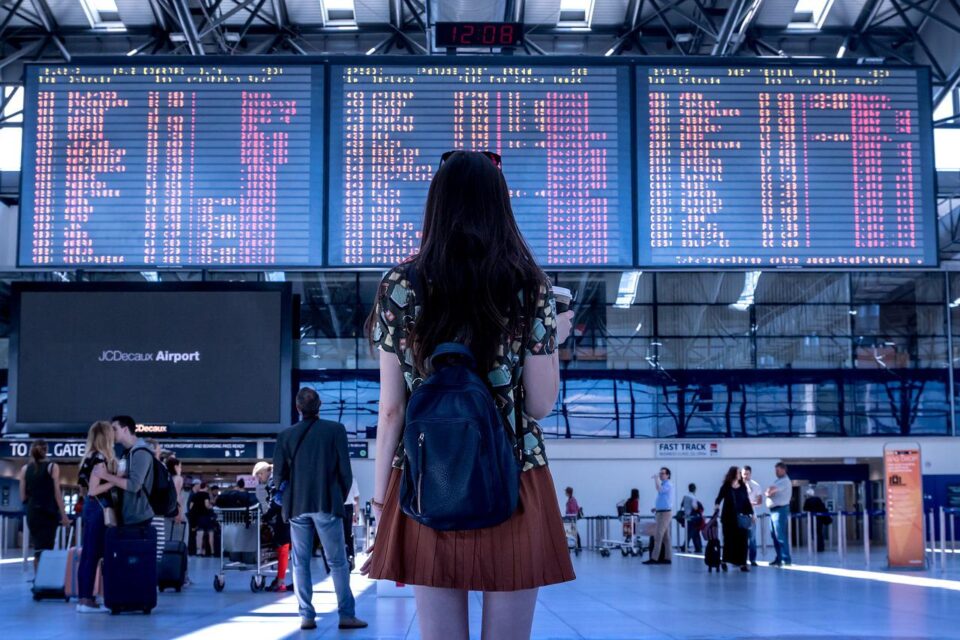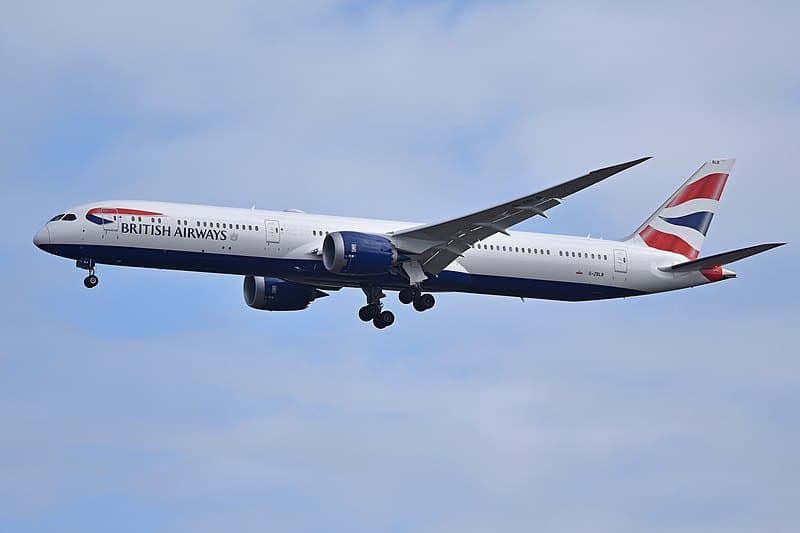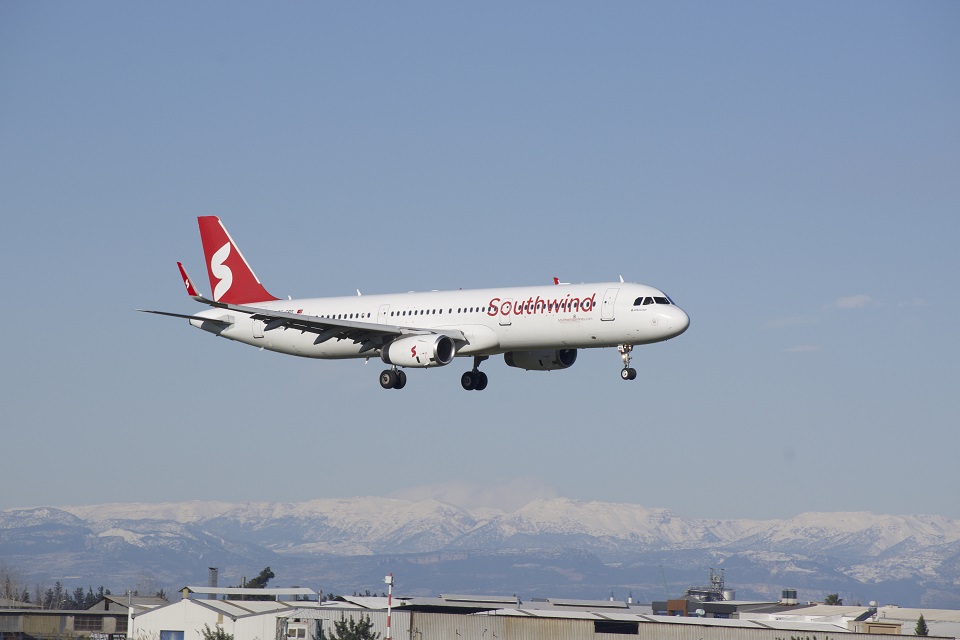Latest News.
What Happens If You Don’t Use Flight Mode on Your Phone While Flying?
Does a Cellphone interrupt plane’s Navigation?
Some people say that a mobile phone interferes with the primary navigation equipment on a plane. However, this has never been proved to be the case. Aircraft systems are designed to very high specifications and are insulated from outside interference. However, just because a phone hasn’t been responsible for causing interference it’s not out of the question.
Airbus A400M completes helicopter air-to-air refueling Certification
Can a cellphone makes an aircraft directionless?
The issue is not with the aircraft, but with the pilot who is flying it. When a plane takes off from the runway, it’s like a bird flying with its eyes closed; it has no idea where it’s going until it’s directed by air traffic controllers, who give orders in the form of radio frequencies. If the plane does not receive any instructions, it has no idea what the weather is like up there, if any other flights are flying by, or even whether it is heading in the right direction, so the air traffic controller is extremely critical in guiding the aircraft. The pilot puts on his or her headphones and listens to the ground control person’s instructions. The plane’s amplifier attempts to intensify those weak RF signals and transmit them to the pilot’s headphones.
Cell phones run at a relatively low power level on the ground. However, when you move further away from a cell phone tower, the power of your phone must increase in order for you to communicate effectively. This power can be orders of magnitude greater than that of a basic Wi-Fi or Bluetooth signal.
Russia’s Biggest Presidential aircraft completes its maiden flight
A single cellphone causes a plane down?
Since the signals obtained by your smartphone are much more effective than those received by the flight’s receiver, if your smartphone is not in flight mode and if it is flying, it continuously attempts to pick up signals from the nearest cell tower on the ground. This signal-hunting method will generate an irritating noise through the audio system, which pilots and air traffic controllers will be able to hear. You may be wondering how a single cell phone could cause such a disturbance. It isn’t just one phone, but what if every four out of ten passengers on the flight think the same way and don’t put their phones on flight mode? Consider how powerful the combined signal could be. The distraction could be enough to trigger a problem in flight. You don’t want your pilot to be distracted.
What if I turn off flight mode in the mid-air?
Putting your phones in flight mode can benefit both the pilot and you. Up to 10000 feet above the ground, your phone receives a continuous signal from the cell tower, so if you place your phone in flight mode, your pilot will not be interrupted by the noise, but if you keep on your phone, your phone stops receiving a signal from ground. However, the GSM chip inside the phone continues to try to pick up the signal from the nearest cell tower because it doesn’t realize you’re above 10000 feet right now, which will unnecessarily drain the phone’s battery life. So that is why, it is recommended that you put your phones in flight mode when flying.
What about in-flight Wi-Fi?
In-flight Wi-Fi is available on almost every domestic airline, but only JetBlue provides free in-flight internet. In this scenario, the plane act as hotspot, there are two ways to get the service, ground-based and satellite based. Onboard cell phones communicates directly with the wi-fi hotspot at very low power, causing no problems to pilot. But it’s not a big deal if you fail to put your phone in flight mode. However, you should obey this clear order because you are assisting the professionals on the plane who are getting you to your destination as safely as possible.

Airlines
US DOT says Airlines must now pay automatic refunds for cancelled flights

The U.S. Department of Transportation (DOT) has released a final regulation requiring airlines to quickly reimburse passengers with automatic cash refunds when owed, according to a statement made by the Biden-Harris Administration.
Under the new regulation, passengers will find it easier to get refunds when airlines dramatically alter or cancel flights, cause severe delays for checked baggage, or don’t supply the additional services they paid for.
According to a statement from the Biden-Harris Administration, the U.S. Department of Transportation (DOT) has published a final rule mandating airlines to promptly compensate customers with automatic cash refunds when they are eligible. The new rule would make it simpler for customers to receive refunds from airlines in cases when they drastically change or cancel flights, cause significant delays for checked luggage, or fail to provide the extra services they charged for.
Under the latest rule from the USDOT, passengers are guaranteed refunds in several scenarios:
- Canceled or Significantly Changed Flights: Passengers are entitled to refunds if their flight is canceled or significantly altered, including changes in departure or arrival times exceeding 3 hours domestically or 6 hours internationally, departures or arrivals from different airports, increased connections, downgrades in service class, or changes less accommodating to passengers with disabilities.
- Delayed Baggage Return: Passengers filing mishandled baggage reports can claim a refund for checked bag fees if their luggage is not returned within specific timeframes after flight arrival.
- Unprovided Extra Services: If airlines fail to deliver paid extra services like Wi-Fi, seat selection, or inflight entertainment, passengers can request refunds for those fees.
The final rule streamlines the refund process, ensuring it is:
- Automatic: Refunds are issued automatically without requiring passengers to request them.
- Prompt: Airlines must refund credit card purchases within seven business days and other payment methods within 20 calendar days.
- In Original Form of Payment: Refunds are provided in the original payment method used for purchase.
- Full Amount: Passengers receive full refunds minus the value of any portion of transportation already used, including government and airline fees.
Suggest banning family seating junk fees and ensuring that parents can travel with their kids at no additional cost. No airline promised to ensure fee-free family seating prior to efforts from President Biden and Secretary Buttigieg last year. Family seating is now guaranteed free of charge on four airlines, and the Department is working on a plan to eliminate family seating junk fees.
Propose to make passenger compensation and amenities mandatory so that travelers are taken care of when airlines cause flight delays or cancellations.
Middle East
British Airways Resumes Daily Flights to Abu Dhabi, After 4-Year hiatus

British Airways made its way back to Abu Dhabi, landing at Zayed International Airport. Following a four-year break in service, both crew and passengers were greeted with enthusiasm.
In the summer of 2024, British Airways plans to launch a daily route, utilising a Boeing 787-9, from London Heathrow to Abu Dhabi. The new route enhances ties between the UAE and the UK and expands vast worldwide network, catering to passengers who may be visiting friends and family or travelling for business.
Arriving in Abu Dhabi at 08.30+1, flight BA073 to Abu Dhabi leaves London Heathrow at 22.25. Departing at 10.10 and landing at London Heathrow at 15.20 is the inbound flight (BA072).
The chief executive officer and managing director of Abu Dhabi Airports, Elena Sorlini, stated: “We are delighted to welcome British Airways to Zayed International Airport. Their daily schedule is expected to improve connectivity and stimulate travel and business.” Visitors may experience the dynamic capital of the United Arab Emirates like never before at our brand-new, award-winning, state-of-the-art terminal, where they will be welcomed with the best kind of Emirati hospitality.”
Flight schedule:
| London Heathrow (LHR) to Zayed International (AUH)All times are local | ||||||
| Season | Flight number | Departing LHR | Arriving AUH | Flight number | Departing AUH | Arriving LHR |
| Summer ‘24 | BA73 | 22:25 | 08:30+1 | BA72 | 10:10 | 15:20 |
| Winter ‘24 | BA73 | 22:25 | 09:30+1 | BA72 | 11:10 | 15:20 |
Airlines
EU Bans Turkish-based Southwind Airlines due to links with Russia

In a significant move reflecting the ongoing geopolitical tensions, the European Union (EU) has taken measures to prohibit Turkey’s Southwind Airlines from utilizing its airspace.
The decision, stemming from alleged connections with Russia, underscores the broader repercussions of Russia’s actions in Ukraine and the subsequent international sanctions imposed.
The ban, enforced on March 29, disrupts Southwind Airlines’ operations, initially leading to the cancellation of flights. The Finnish transport authority Traficom, headed by Jarkko Saarimäki, has been instrumental in elucidating the rationale behind the EU’s decision. Saarimäki’s assessment highlights a concerning lack of substantial ownership and effective control held by Turkish entities within Southwind Airlines.
Established in 2022 in Antalya, Turkey, Southwind Airlines had primarily focused on flights originating from Russia. However, scrutiny into its ownership structure has revealed apparent links to Russian stakeholders, prompting concerns over its allegiance and operational control. Saarimäki’s assertion of Russian influence over the airline’s affairs underscores the broader geopolitical implications of such connections.
The EU’s ban extends beyond merely restricting Southwind Airlines’ access to its airspace; it also encompasses prohibitions on takeoffs, landings, and overflights within EU territory. Consequently, the airline faces operational hurdles, impacting its routes not only to Finnish destinations like Helsinki but also to prominent German cities and potentially planned routes such as Zurich.
This development aligns with the stance adopted by other Western nations, including the United States, the United Kingdom, and Canada, which have implemented similar bans on Russian airlines. Such coordinated actions underscore the global resolve to hold Russia accountable for its aggressive actions in Ukraine and to mitigate potential security risks posed by entities with alleged ties to Russian interests.





















